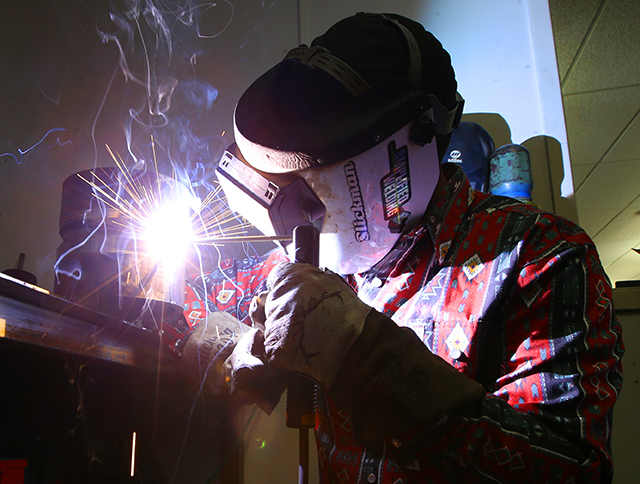Maximize your walking workout
Published 5:00 am Thursday, May 3, 2012
Walking is a common and lifelong form of exercise. All you really need is a pair of good shoes. But there are a few tips to consider to maximize your walking workout.
There is a difference between “walking” and “fitness walking,” said Conni Ramsey, owner of Core Movement Studio in Bend and a walking clinic instructor. Coaching can help people who want the greatest fitness benefits from the time they invest in walking, Ramsey said.
“Walking is very inefficient,” she said. “That’s why people jog. When you first start a walking program and pick up the pace, it feels awkward.”
“Focus on technique, then add duration and perhaps speed,” Ramsey said. She emphasizes the importance of getting out frequently and consistently.
Here’s some other things Ramsey has to say:
Q: Why walk?
A: Walking builds cardiovascular capacity and helps fend off disease. It helps people lose weight and keep their motor skills sharp.
An analysis in the Jan. 4, 2011, online edition of the Journal of the American Medical Association found that walking speed was a consistent predictor of survival length across age, race and height categories.
Research also shows that good technique and the ability to keep up the pace helps to eliminate potential boredom. But most people don’t know how to walk fast correctly.
Q: What’s the trick to walking faster?
A: There is a misconception that longer strides will get you going faster. The real trick to gaining speed or duration is in the arm swing, at least until you achieve a speed of 4.3 to 4.8 miles per hour. That’s when the laws of physics apply and you must shorten your arm swing and stride length.
Q: What are some things people don’t realize about walking?
A: Training to become a fitness walker is about muscle specificity, the same as any other fitness activity. Most people are not accustomed to using a 90-degree bent elbow swing to gain speed when walking. I ask clients to practice swinging their arms and walking fast, then to walk with their arms across their chest, and then to return back to arm swinging. The drill helps them accelerate their walking gait.
Q: Are there common injuries associated with frequent walking?
A: When you start walking faster, you may notice your shins more, due to landing on the heel. However, once you learn to push off from the back of the foot with a heel-ball-toe motion, the shins will relax. You will have one foot on the ground at all times.
The hips may also react when we try to lengthen or shorten our stride. Frequency, duration and speed are key to building strength in the hips for walking.
Also, it is important not to use weights, either hand or ankle, because this can cause shoulder and back problems. Save the weights for the gym.
Finally, posture, posture, posture. I can’t emphasize it enough. With my background in corrective therapy, I can help clients learn how to carry themselves correctly, and to avoid lower back pain. Some have even seen their lower back pain disappear.
Q: What do walkers need to know before training for an organized event?
A: You can’t just go out and enter a long-distance walk event without training. Just like running, there is a distance training program one should work through.
Fitness walking technique:
Posture: Keep your chin and chest up, shoulders back but relaxed, abdominal muscles in and hips slightly tucked.
To lengthen your stride, get your momentum moving forward with a five-degree lean from the ankle.
To get legs moving faster, pump your arms faster.
Bend your elbows to a 90-degree angle and swing the arms from the shoulders like a pendulum, swinging through the full range of motion.
A walking program:
Warm up for 5 to 7 minutes. Gradually pick up your pace to prepare your muscles and joints.
Beginners, start with about 20 minutes a day, three to five times a week. To improve, increase the duration of your walks to 45 minutes. Then increase intensity to walk more vigorously for the same amount of time.
Source: Conni Ramsey, owner of Core Movement Studio in Bend, walking clinic instructor
See Page F3 for a detailed look at walking posture.






